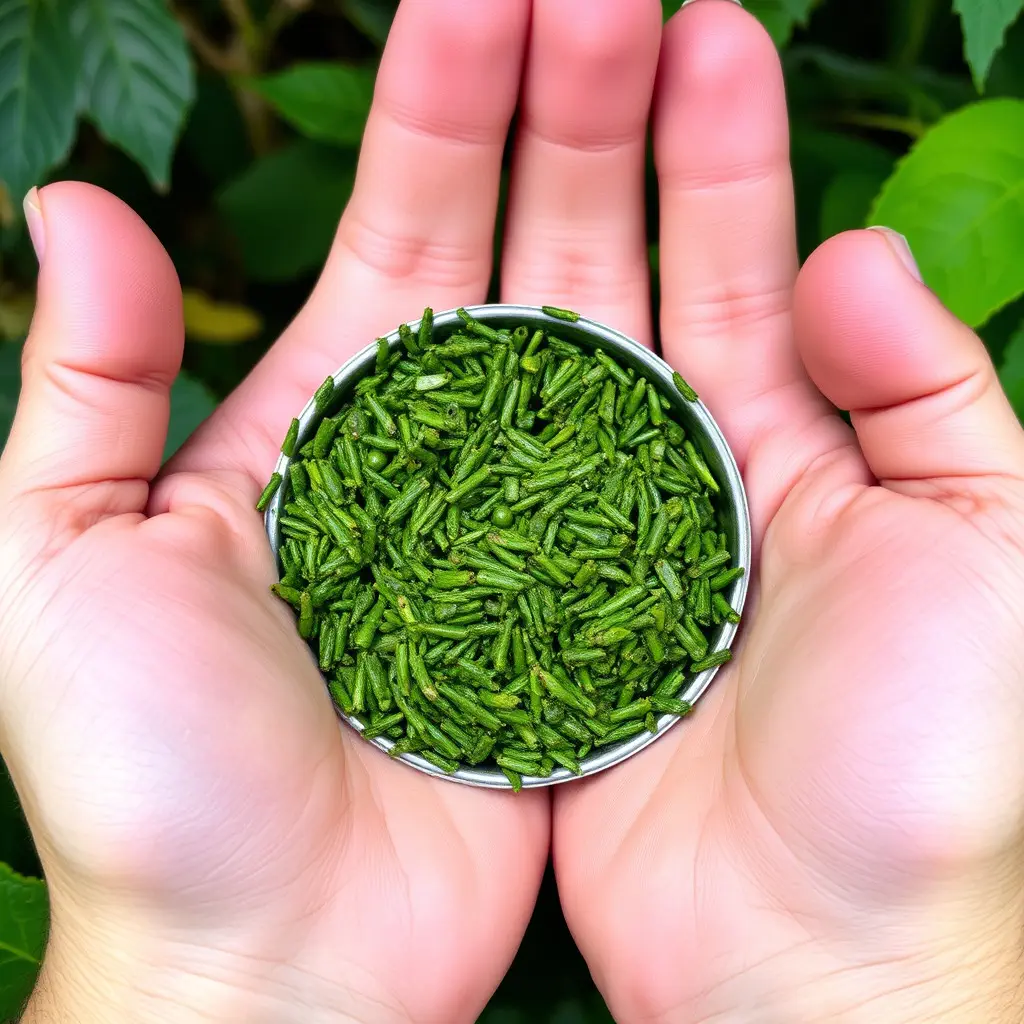Kratom, derived from Mitragyna speciosa plants, is a natural alternative for managing chronic pain, offering analgesic effects through its active alkaloids mitragynine and 7-hydroxymitragynine that interact with opioid receptors. Compared to prescription painkillers, kratom has fewer side effects and lower addiction potential. However, dosage varies greatly among individuals, emphasizing the need for professional guidance in chronic pain management using Kratom. Scientific research highlights its effectiveness in conditions like fibromyalgia and arthritis, potentially reducing reliance on addictive medications, though further study is needed.
Kratom, a natural herb with a growing popularity, has shown promising potential as an alternative solution for chronic pain management. This age-old remedy, scientifically studied and widely used globally, may reduce the need for prescription painkillers or other medications. By understanding its mechanisms and exploring non-pharmacological alternatives, individuals can discover a holistic approach to pain relief. This article delves into the world of Kratom, its benefits, and the scientific evidence supporting its efficacy in managing chronic pain.
- Understanding Kratom and Its Potential Benefits for Chronic Pain
- Exploring Non-Pharmacological Alternatives to Prescription Painkillers
- Scientific Research and Real-World Accounts of Kratom's Efficacy in Pain Management
Understanding Kratom and Its Potential Benefits for Chronic Pain
Kratom, a natural herb derived from the plant Mitragyna speciosa, has gained attention for its potential role in managing chronic pain. Often referred to as a “kratom for pain” solution, it offers an alternative approach to traditional medication. The compound contains various alkaloids, including mitragynine and 7-hydroxymitragynine, which interact with opioid receptors in the body, providing analgesic effects. This interaction can reduce the perception of pain, making it a promising option for those seeking relief from chronic conditions like arthritis, fibromyalgia, or neuropathic pain.
In contrast to prescription painkillers, kratom is believed to have fewer side effects and lower potential for addiction. Its usage in chronic pain management is especially appealing as it may reduce the need for highly potent pharmaceuticals. However, it’s crucial to approach this natural remedy with caution and under professional guidance, as dosage and tolerance can vary significantly among individuals. Understanding the science behind kratom and its interactions within the body is essential before considering it as a chronic pain management tool.
Exploring Non-Pharmacological Alternatives to Prescription Painkillers
Many people struggling with chronic pain are turning to natural, non-pharmacological alternatives as a way to manage their symptoms and reduce reliance on prescription medications. One substance that has gained attention for its potential benefits in chronic pain management is Kratom. Derived from the leaves of the Mitragyna speciosa plant, Kratom has been used for centuries in Southeast Asia for various purposes, including pain relief.
Kratom offers a unique approach to managing chronic pain by interacting with opioid receptors in the brain and body, providing analgesic effects similar to opioids but without the addictive properties. It is particularly appealing for those seeking an alternative to prescription painkillers, as it can help mitigate pain while potentially reducing the risk of addiction and side effects associated with long-term medication use. Research suggests that Kratom may be effective in managing conditions like fibromyalgia, arthritis, and neuropathic pain, offering a natural path to improved quality of life for individuals dealing with chronic pain.
Scientific Research and Real-World Accounts of Kratom's Efficacy in Pain Management
Scientific research has increasingly explored the potential of Kratom (Mitragyna speciosa) as an alternative solution for chronic pain management, offering promising findings that could reduce reliance on prescription medications. Numerous studies have investigated its analgesic properties, with many demonstrating significant pain-relieving effects, especially in cases of opioid-resistant pain. These preclinical and clinical trials have shown that certain compounds within Kratom interact with the body’s opioid receptors, providing a natural mechanism for pain reduction.
Real-world accounts also support the effectiveness of Kratom in managing chronic pain conditions. Many individuals who have tried conventional treatments without success report significant improvements in their symptoms after incorporating Kratom into their routine. While more research is needed to fully understand its mechanisms and optimal use, these findings suggest that Kratom could be a valuable tool in chronic pain management, offering a potentially safer and more natural alternative to prescription painkillers.
Kratom emerges as a promising non-pharmacological alternative for chronic pain management, potentially reducing reliance on prescription painkillers. Scientific research and real-world accounts highlight its efficacy in alleviating pain without the side effects often associated with traditional medications. As awareness grows, further exploration of kratom’s potential benefits could lead to more holistic and effective pain management strategies for those living with chronic conditions.






